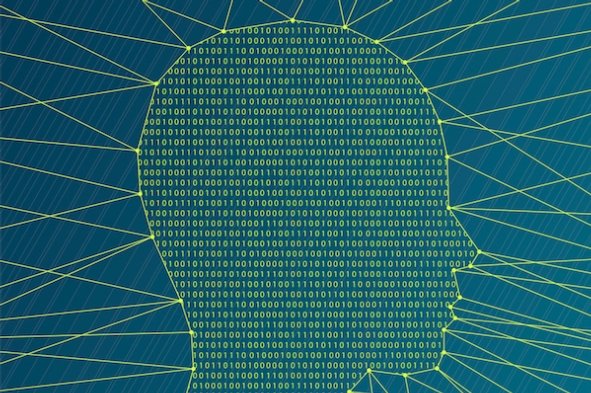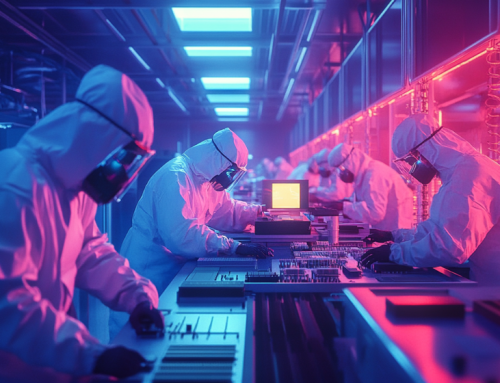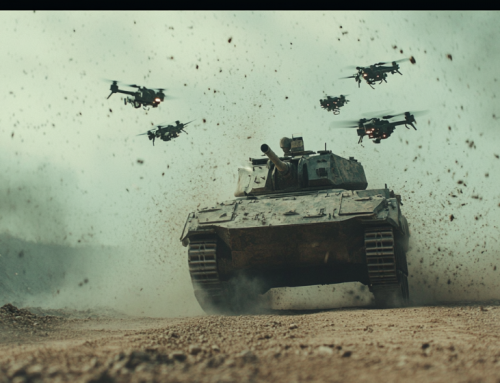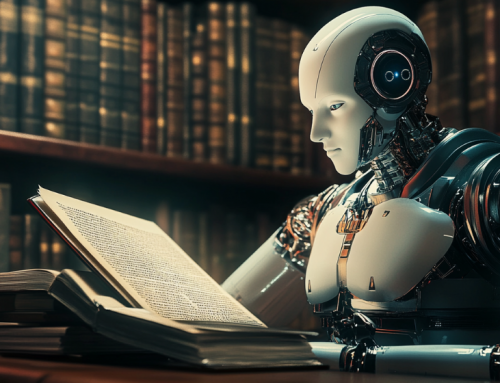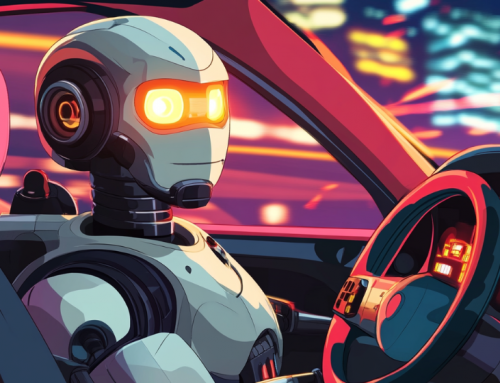
Closing the Gap Between Potential and Reality
Like any emerging technology poised to change the future in ways heretofore never experienced, AI is surrounded by a storm of not unwarranted hype and speculation. But amidst the potentially world-changing promises of AI, are our unbounded expectations of a more efficient and productive future too unrealistic in the near term?
While businesses leaders agree that AI is coming and will be revolutionary, such changes have always lingered just beyond the horizon, in some sunny future five to ten years hence but with no tangible roadmap to get there. Even while AI systems continue to develop and optimize individual processes and tasks, there remains a gap between the perceived promises of the technology and what it can realistically deliver. And even if AI does deliver, how and when will the affected industries and infrastructures evolve to best utilize it?
Scientific American’s blog delves into the issue, tempering some of the hype surrounding AI and reminding us that the future, no matter how bright its promises, is never simply guaranteed and that between the present and the imagined future lies the potential for unmet expectations and unrealized outcomes.
Every day we read of some new area where artificial intelligence has matched or exceeded the proficiency of human experts on some well-defined task. Beyond the well-publicized successes of go- and poker-playing AI agents, machines have shown superiority in complex real-world tasks like interpreting x-ray images and assessing the cancer risk of dermatological lesions. The combination of cheap computing power and memory, connected devices, abundant data and advances in algorithm design create such successes—which then attract further attention and investment, driving further progress. Many speculate that machines will replace humans in many roles and that we will need to reinvent the nature of work itself as a result.
Yet a newly published report by MIT Sloan Management Review and The Boston Consulting Group shows there is an enormous gap between these expectations and the current reality for most organizations: Whereas 85 percent of 3,000 executives polled expect AI to result in competitive advantage within five years, only 5 percent engage in substantial AI-centric activities and only 20 percent use any AI all. How can we reconcile this gap between potential and reality?
The pattern is typical for an emerging technology: Expectations run ahead of reality, and only later align as initial expectations are met, exceeded or disappointed. Although it may be that this bubble effect serves a social purpose by lowering the cost of capital for uncertain emerging technologies, thereby speeding their diffusion, the MIT/BCG report cites several specific factors that explain the current gap between knowing and doing.
read more at blogs.scientificamerican.com

